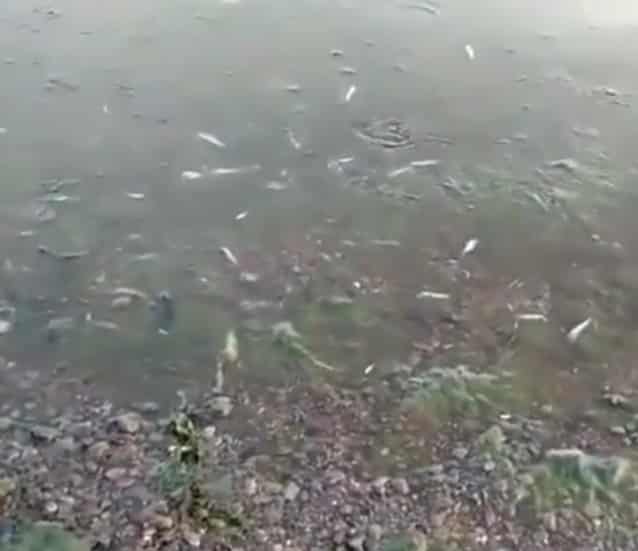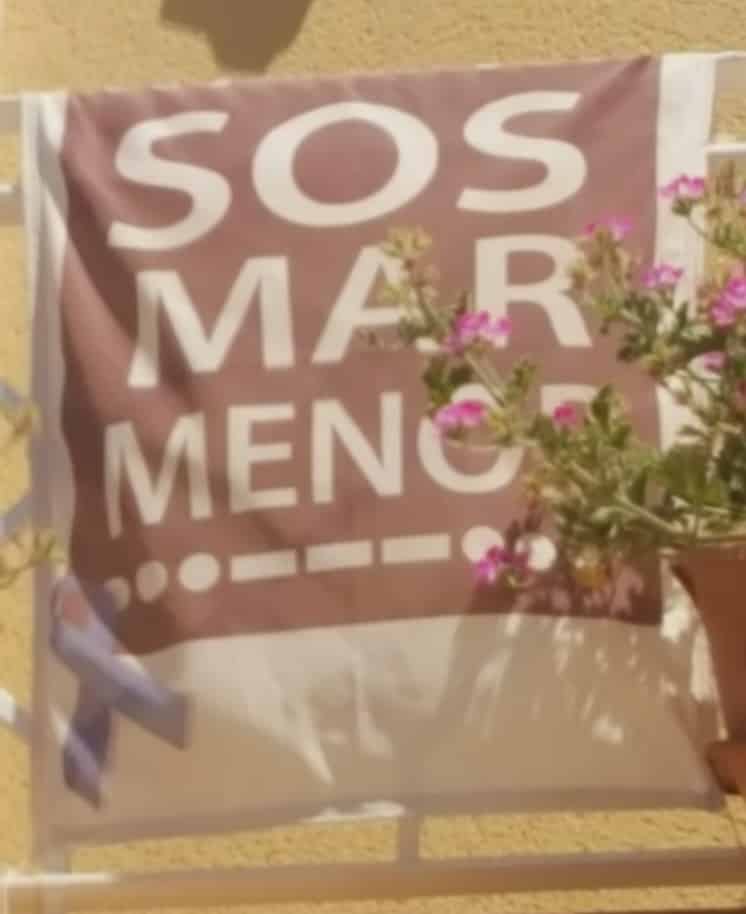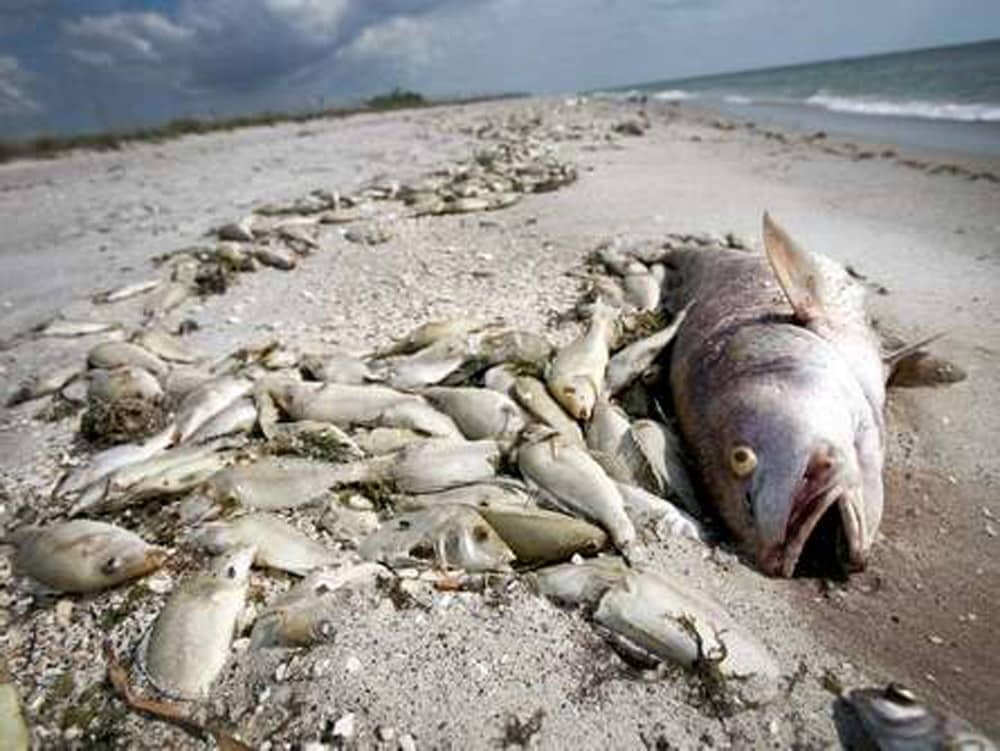Quote: ‘Due to the eutrophication of the water, added to the high temperatures and winds, they bring together all the necessary factors for a new anoxia phenomenon’
By Andrew Atkinson
Concerns have arisen again surrounding the quality of the water in Mar Menor – after hundreds of fry were washed ashore.
Analysis carried out by the Ministry of the Environment have initially ruled out an episode of anoxia, with oxygen levels normal.
From a scientific point of view the 40 degrees+ temperatures registered during August could have affected the smallest specimens of certain species. Investigations are ongoing to establish the cause of death to hundreds of specimens located next to the beaches of Mar de Cristal and Cala del Pino.
Environmental and technical representatives have collected samples.
The SOS Mar Menor platform highlighted on August 16, the appearance of large numbers of dead fish in the southern area of the Mar Menor – on the beaches of Islas Menores, in the Lengua de la Vaca, Los Nietos, and areas of La Manga, including Cala del Pino.
A spokesperson for the Ministry of the Environment confirmed that, although the monitoring of water parameters is permanent, specific measurements are being made to detect any anomalous situation.
Significant concentrations of live shrimp have been observed in some areas near the shore, although it is not known if this circumstance is related to the death of fingerlings in the same areas.
Dead fish were washed ashore in 2019 – following the DANAs that hit the region.
Professor of Ecology at the University of Murcia Ángel Pérez Ruzafa said: “In the latest monitoring report on the ecological status of the lagoon, this year, with the entry of water and nutrients that has been maintained throughout winter and spring, the system is likely to have a difficult time recovering.

“If torrential rains occur in late summer, the circumstances of 2019 and the effects of the DANAs that fall could repeat.”
Concerns over the state of the Mar Menor has been headline news in recent years – that has lead to local protests once again this month.
On August 14, residents of Marmenorense beaches demonstrated to demand the recognition of the legal personality of the lagoon, so that it can have its own rights for its protection.
SOS Mar Menor, Ecologists in Action, Por Un Mar Menor Vivo and Pacto Por el Mar Menor issued a statement: “Due to the eutrophication of the water this last week, added to the high temperatures and winds, they bring together all the necessary factors for a new anoxia phenomenon, something that the Community rules out for the moment.”

Local fishermen have also been vociferous surrounding the Mar Menor, saying there are ‘almost no fish’.
“The leads of the bottom nets are black, the caulerpa is dying in almost all bathymetries, except shallow waters.
“The fish are trapped in the networks – and die in a short time,” said one.





